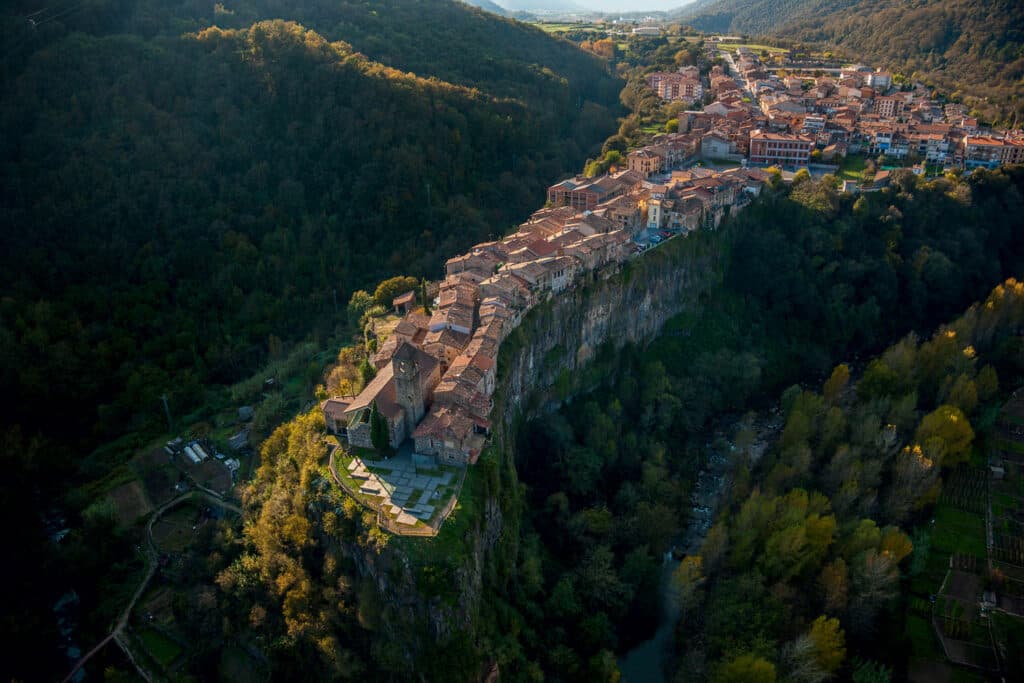Pyramids of Giza, because they are absurd engineering and would be incredibly difficult to replicate without technology or machines.
no.

The designs and carvings of Taj are incredibly intricate and unique.
they are still carvings and could be replicated by very skilled carvers. Not so easy with the pyramids.
If you are of the opinion the Taj Mahal is some how more impressive than the Giza pyramids, created with only rudimentary technology, then surely you must also consider the Sistine Chapel with it’s incredible paintings. But everything falls short of the pyramids in my view.
No. I think they are just too different and incomparable. One is (mostly) an engineering marvel while the other is (mostly) an artistic masterpiece.
Also, I don’t think you can replicate the designs (Taj or any other) just as you can’t replicate Mona Lisa etc. They are unique.
Went with the Pyramid of Gizah for the first match. I stood in front of that thing a decade ago or so. First impression when nearing it is: it’s a mountain, made of a lot of stones of similar dimensions, a bit like a lego game. That’s until you come nearer, and realise that each and every stone block is about 4 meters long, 2 meters high, probably 2 meters thick or so, and you feel like a dwarf in front of each one of these blocks. Everyone of them weighs between 30 and 40 tons.
Then, you realise that each and everyone of these blocks is so perfectly adjusted that there is no gap between them, not even a millimeter. The horizontality of every layer is perfect, inhumanly perfect. Then you look up to the top of that pyramid, 150 meters above you, and come to realise that no-one has the slightest idea of how this was built. There are theories, but none has been proven yet.
The strange thing also is that Cheops was pharaoh during twenty years. A long reign for sure, but even if he had decided to start that construction at day one of his reign, no-one knows how he could have finished it before his death. No current theory about how they managed to build it accounts for such a short time-span, even with thousands of guys at work day and night. So, one theory says that Cheops decided to be buried inside that pyramid, but that it could have been there well before he was born already. Nothing is sure, you can’t date stone blocks.
Taj Mahal is a wonderful, very well-crafted tomb for a lady who was surely a lovely one. But compared to the mystery of that pyramid, it’s doesn’t have much weight I’m afraid. In the literal as well as the symbolic sense. 
How could we forget to mention that earlier? ![]()
On the other hand, it’s the paintings which make it incredible, not the construction. So, all good. ![]()
Evokes Minas Tirith.
Nice bit of flagging on the end there. Excellent place to defend though.
Must be pretty frustrating living at the end there, all those neighbours to pass every time you want to go shopping.
If I want to be a bit difficult (and why not, lol) then paintings are an enhancement just like carvings, so why differ between them ? Why are carvings on Taj Mahal relevant while paintings in the Sistine Chapel not ? Does not really make sense 
I guess my point is that the great Pyramids are just more impressive than Taj Mahal really  Simply because the engineering feat would be preposterously difficult to replicate without technology that they did not have when they were built.
Simply because the engineering feat would be preposterously difficult to replicate without technology that they did not have when they were built.
Edit: I know you agree with me that the great pyramid is more impressive. I am just pestering @Iftikhar really 
At the first glance I thought it’s a photo from the set of Lord of the Rings.
Rumours that the missing Mars rock is in cynicaloldgit’s garden are currently unsubstantiated.
A little closer to the truth.
Pyramids were built by aliens, surely?!
StarGate?

Still undecided about the Pantheon vs. Stonehenge match. For the time being, I voted for my preferred building of all times, the one I know so well. But Stonehenge must be something too, isn’t it… I never was there yet, unfortunately, so have no personal experience of this place, but looking at the pics above gives me the goosebumps.
These gigantic blocks, wow… are they made of granite? Some of them must be around six meter tall at least, and maybe 2,5 x 2,5 m? That would be 37,5 m3. With a volumic mass of around 2’600-2’700 kg/m3, these big blocks must weigh around 100 tons each! How on earth did people move them around at the time? Are there valid theories on how they managed to do that, and how much time it took them?
Also, for me, this isn’t an antique monument, in the sense of Greek or Roman structures. This one was started right at the beginning of the neolithic age on the island. In that sense, it’s not only a testimony of when our ancestors decided to settle and practice agriculture. It also carries a far more ancient spirituality and knowledge, from the time when they still were nomads and freely roaming around the land: the druidism.
Worship and respect of life and nature as a whole. Isn’t that something we’ve lost and most urgently need to rediscover? Let me think a moment… 
(heads over to the Climate Catastrophe thread)
@Hope.in.your.heart you will have to look up the composition of Stonehenge from what I can remember about 4 major stones are blue granite from South Wales.
The thing that astounds me is the implications over civilisations when you contemplate these things like Stonehenge and Pyramids (we know a lot more about Greece and Rome). in our imaginations we perhaps thnk of secular tribes in these eras but what was accomplished suggests immense cooperation, communication, common goals … I mean stonehenge was the stone age.
The trade during the bronze age was phenomenal, it is rare to have large deposits of tin and copper in the same region (even in Cornwall these 2 ores can be found but specifically dominated by Tin and I don’t think the copper was that ‘freely’ available). It is notable that the Iron age put an almost complete end to these trade routes (and in conscequence a murderous invasion time).
As to how the granite was quarried, well the thinking is the wet wood? method, a wedge of dry wood is hammered into a crack and then soaked till the rock cracks along a ‘natural’ weakness. To get the size and shape you are after means an incredible number repeats of the process and tonnes of ‘waste’.
Going back to the civilisation cocept, look at Roman times where the Gauls and the Picts could form armies of upto (and perhaps even greater than 30,000 men (and at the time women depending on culture). (It is of note that Scottish armies regularly smashed English armies upuntil well after Christianity had taken strong hold in Scotland). It wasn’t until the Scots (of the north east) agreed to the 'Christian chivalerous) code excluding women from the battle) that Armies from the south and west started getting the advantage. Sorry going off on one of my tangents.
I seem to remember that after these rocks had been quarried (many from sources over 100 miles away) they theorise that they were perhaps transported to Salisbury Plain by rolling them on logs but it’s not exactly all flat terrain and at some point they would need to have crossed waterways. Incredible. All before the invention of the wheel.

